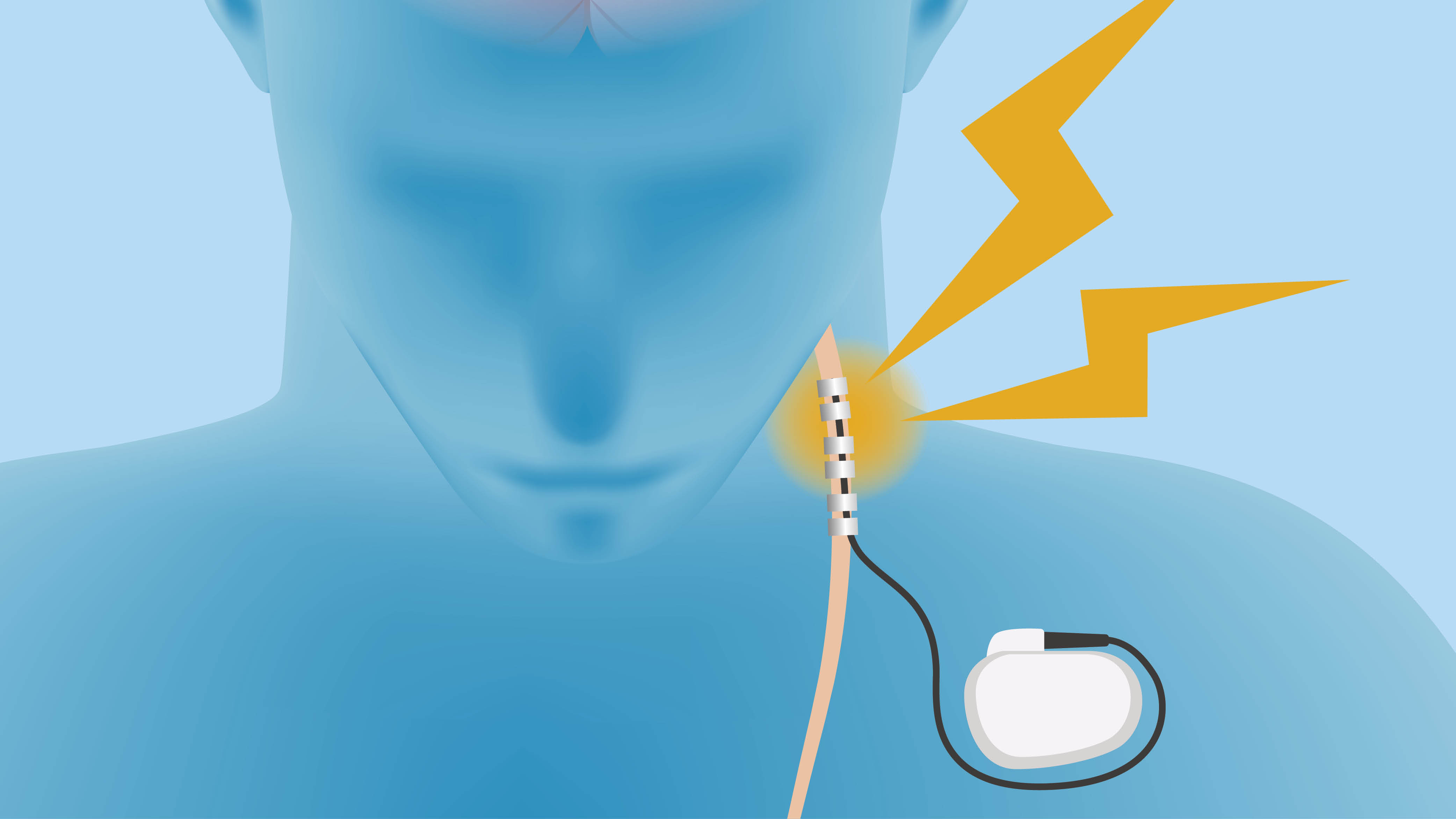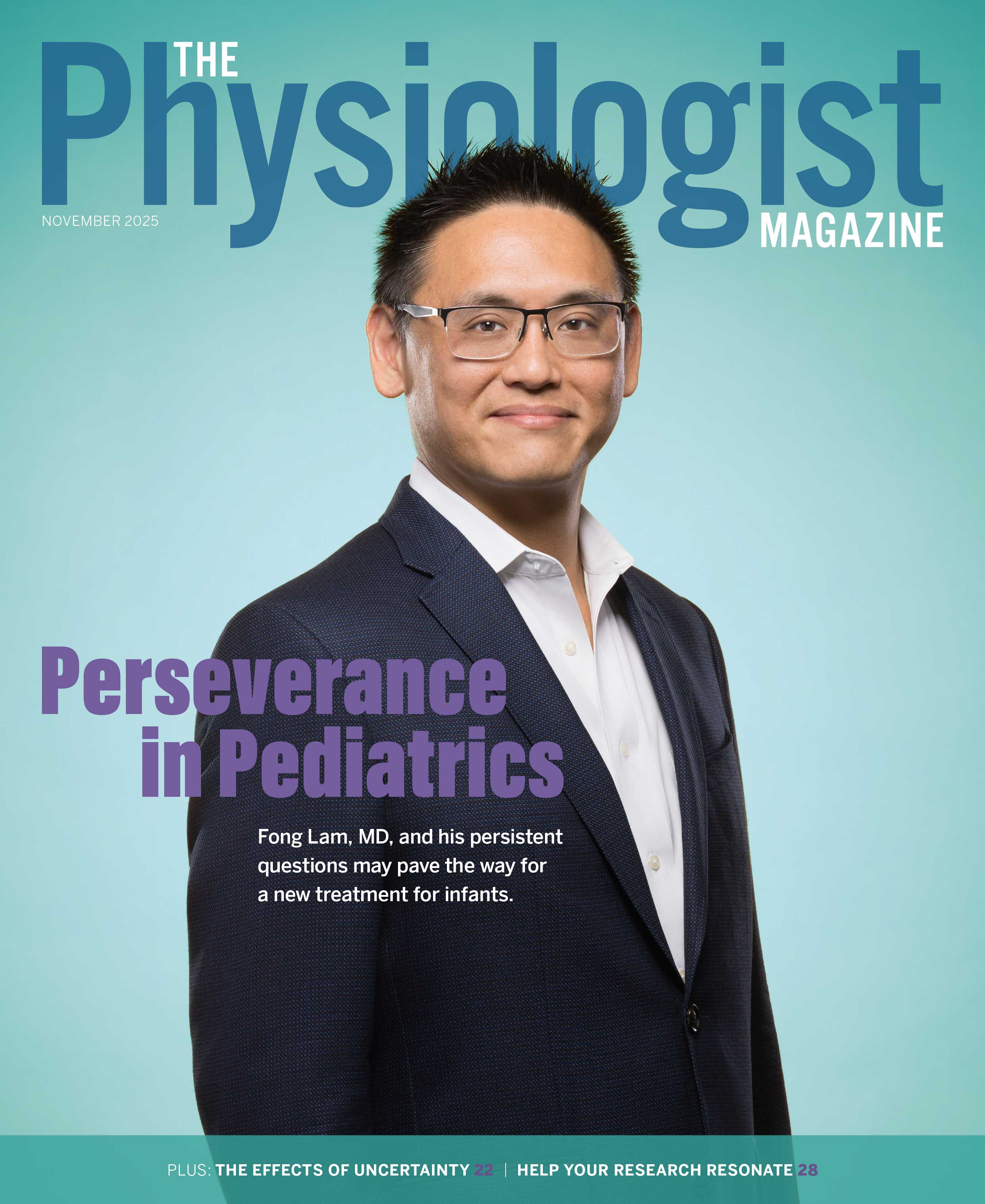Rewiring the Brain: Breakthroughs in Neural Therapy
Discover how research on vagus nerve stimulation is transforming treatments for stroke, PTSD, and neurological disorders by rewiring neural circuits for recovery.

Michael Kilgard, PhD, is the Margaret Fonde Jonsson Professor of Neuroscience in the School of Behavioral and Brain Sciences at the University of Texas at Dallas, where he also serves as executive director and chief science officer of the Texas Biomedical Device Center. His groundbreaking research focuses on using vagus nerve stimulation to rewire neural circuits to improve recovery from serious psychiatric or neurological conditions. This empowers patients to actively participate in their recovery rather than relying on lifelong medications or managing symptoms passively. Kilgard will present at the 2025 American Physiology Summit in the game changer session, Bioelectric Medicine and the Power of Vagal Nerve Stimulation.
How did you become interested in developing new tools for treating people with neurological and psychiatric disorders?
This is very personal for me. I’ve known people with nearly every neurological and psychiatric disorder—psychosis, addiction, depression, Alzheimer’s, spinal cord injuries, strokes—either as family, friends or colleagues. Although these disorders were once thought to stem from specific genes or brain regions, this turned out to be wrong. These conditions aren’t about chemistry; they’re about wiring problems, which are potentially changeable. If we can develop tools to rewire the brain, we can push it away from pathological states and toward healthy states. That’s true for recovery from stroke or spinal cord injuries and also for mental health conditions like depression and post-traumatic stress disorder (PTSD).
How is your work game-changing?
The key innovation is shifting the focus from brain areas—of which there are only a few hundred—to individual synapses, of which there are trillions. It’s a big change in perspective. Our goal is to enable targeted rewiring of the specific parts of the brain that are malfunctioning, without affecting the healthy parts. This is an incredibly challenging task that took us 30 years to figure out. Now that we have the technology platform, we can explore how to use it to change the nervous system in a variety of conditions.
Our personalized approach fosters collaboration between patients and clinicians, making therapy more effective. By focusing on changing neural connections rather than unchangeable factors like genes or past injuries, our work aims to revolutionize how therapists help patients achieve meaningful and lasting improvements.
Tell us more about the technology and devices you developed.
The vagus nerve connects to all the body’s organs and plays a key role in the “rest and digest” parasympathetic system, promoting relaxation. When you stimulate the part of the vagus nerve that connects to the brain, it briefly activates the brain. The brain momentarily perceives a disconnect, triggering a powerful but brief release of acetylcholine and norepinephrine—lasting only half a second.
Unlike prolonged effects from substances like amphetamines, this short burst signals to the brain that something significant has occurred. It doesn’t feel rewarding or aversive but does prompt the brain to adjust and pay attention. These chemicals are crucial for forming new memories, learning skills and creating new neural connections.
Our team has developed implantable vagus nerve stimulators that reward the brain when someone does the right thing, such as staying calm, moving their hand or holding a memory longer.
What is the current status of this technology, and how is it applied in real-life applications?
The first generation of our vagus nerve stimulation system, called Vivistim, is being used in an FDA-approved treatment to help stroke patients. This involves patients getting the implant and then working with a physical therapist who evaluates what they can do, focusing on small movements they can manage such as partially turning their hands. The therapist stimulates the nerve when they exceed their personal baseline, with the goal of eventually turning their hand fully, for example.
We have also developed a device that measures movement—like how hard someone squeezes or turns their hand—and provides feedback directly to specific neurons. This allows at-home therapy that can target and strengthen the neurons active during correct movements, much like perfecting a tennis serve or violin note, to drive better performance and recovery.
In the lab, we created a vagus nerve stimulator that is 50 times smaller than the Vivistim, making it cheaper, easier to implant and more comfortable. These improvements are key to scaling this technology to tens or hundreds of thousands of people with serious conditions.
What’s unique about your approach to this research and technology development?
We challenge traditional clinical methods by prioritizing personalization and collaboration with participants. Unlike the straightforward “fix a broken process with a pill” model of biochemistry, our research acknowledges that brain function is deeply individual. Each person has unique goals, challenges and needs, so the focus shifts to identifying and rewiring circuits that help participants achieve their aspirations.
The interdisciplinary nature of this work is key. At the Texas Biomedical Device Center, engineers, clinicians, biochemists and students collaborate closely, often within 50 feet of each other, to design devices, study animal models and engage with patients. This tight integration fosters innovation and ensures that ideas flow freely across disciplines.
For me, it’s all about caring for people with real needs. When you focus on treating actual conditions, it forces you to do very practical, useful things. This has exposed new biology and opened our minds regarding the mechanisms at work. My focus on translation has deepened my understanding of the basic science, making it even more meaningful.
What are some of the next steps for this research?
Our brains are complicated, and it’s going to take us time to figure out how to prevent someone from being psychotic or depressed or unable to move their hand. We’re currently carrying out a randomized controlled trial examining vagus nerve stimulation for post-traumatic stress disorder where both groups receive psychotherapy, but only half get vagus nerve stimulation. We’re also testing the technology’s use in spinal cord injuries and exploring its potential for other conditions, such as multiple sclerosis and treatment-resistant depression, while continuing to advance the basic science.
Interview conducted by science writer Nancy D. Lamontagne.
This article was originally published in the March 2025 issue of The Physiologist Magazine. Copyright © 2025 by the American Physiological Society. Send questions or comments to tphysmag@physiology.org.
The Physiologist Magazine
Read the Latest Issue
Don’t miss out on the latest topics in science and research.
Contact Us
For questions, comments or to share your story ideas, email us or call 301.634.7314.


